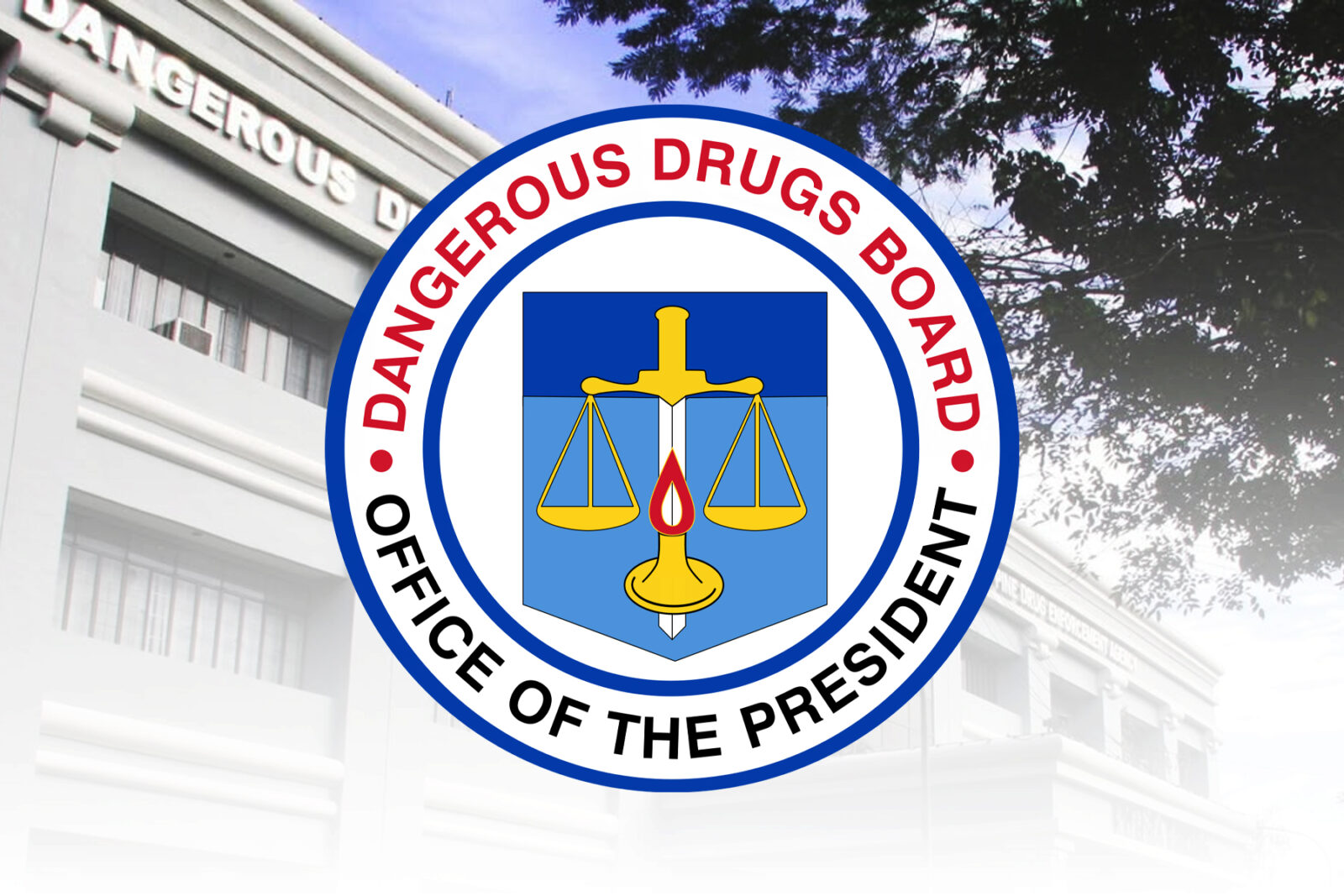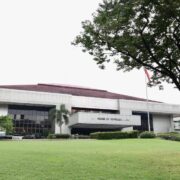DDB: No yellow Rx needed until 2026

Doctors with special licenses no longer need to use special prescription pads, called yellow prescriptions (Rx) because of their color, for dangerous drugs under specific circumstances, according to the Dangerous Drugs Board (DDB).
The DDB said its Board Regulation No. 10, series of 2025, only temporarily authorizes the use of ordinary prescriptions for dangerous drugs under specific circumstances from July 11 to June 30, 2026, in response to local and international public health situations.
“This temporary regulatory flexibility is part of the government’s broader response to ensure uninterrupted care for patients affected by these public health threats,” DDB Chair Secretary Oscar Valenzuela said.
The move is a proactive measure aimed at improving access to essential treatment amid the ongoing threats posed by mpox, the resurgence of COVID-19 cases and a concerning rise in human immunodeficiency virus (HIV) infections, particularly among the youth.
“By easing prescription requirements for essential medications, we empower health-care providers to deliver timely and essential treatments, especially in underserved communities,” he added.
Under the regulation, licensed medical practitioners with a valid S2 license may now issue “triplicate” copies of ordinary prescriptions for medicines and pharmaceutical products containing dangerous drugs, instead of the usual yellow prescriptions.
S2 is a special license issued by Philippine Drug Enforcement Agency (PDEA) for medical practitioners to prescribe dangerous drugs.
The DDB, an agency under the Office of the President, is the policymaking and strategy-formulating body in planning and formulating policies and programs on drug prevention and control. Meanwhile, the PDEA is the implementing arm of the DDB and the lead antidrug law enforcement agency.
According to the DDB, the temporary measure is aligned with the World Health Organization’s standing recommendations under the International Health Regulations, which call for improved access to regulated therapeutics during global health emergencies.
It was also in response to the recent DOH report of a 500-percent increase in HIV infections among Filipino youth as of June.
“We are reinforcing our commitment to public health while ensuring the proper oversight of controlled substances. This is a science-based, patient-centered policy that aligns with our duty to protect life while upholding the integrity of our drug control measures,” Valenzuela said.
Accountability check
“These safeguards are designed to balance accessibility with proper monitoring and accountability,” he added.
Under the new policy, the prescribing physician should issue the ordinary prescription in three copies.
The first copy (marked as “original”) shall be surrendered to the dispensing drugstore or pharmacy. The second copy (marked as “duplicate”) shall be kept by the patient or their authorized representative. The third copy (marked as “triplicate”) shall be retained by the prescribing physician.
“The prescription issued in three copies shall contain only one dangerous drug or one preparation containing dangerous drugs. Thus, the physician shall issue as many prescriptions in triplicate copies as the number of drugs or drug preparations prescribed for the patient,” the regulation states.
The doctor may issue a prescription to cover a supply for up to 30 days, but for cases of epilepsy and dystonia, the prescription covers a 60-day supply.
If the condition of the patient requires a longer medication than originally assessed, the physician may issue a supplemental prescription within 30 days of the initial prescription. This should indicate a drug supply good for another 30 days.
For medications exceeding 30 days, the physician may also opt to issue up to three prescriptions simultaneously (or on the same date of issuance), but only for supply periods not exceeding 30 days.
The physician shall also indicate the sequence number of each prescription (for example, “1st of 3,” “2nd of 3,” “3rd of 3”) and provide specific instructions regarding when the drug covered by each subsequent prescription may be taken, following the completion of the previous prescription’s dosage.
Under Republic Act No. 9165, or the Comprehensive Dangerous Drugs Act of 2002, those convicted for unlawful prescription of dangerous drugs can be penalized with life imprisonment and a fine between P500,000 to P10 million.

















